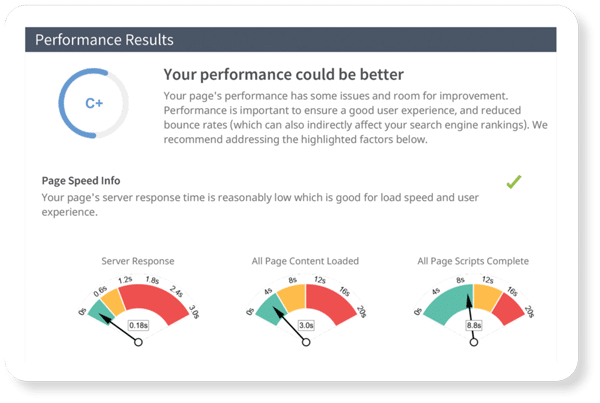While the popularity and usage of voice search have risen and somewhat declined in the last few years, it’s still an incredibly important channel. Voice search is now supported in 60 languages and across a dozen virtual assistants. Despite the popularity of this method, Google has yet to provide a metric to track this activity. This capability may be available sometime in the future, but for now, your best option is to make sure you aren’t overlooking voice search as you optimize your website. While some of the tenants of voice search share origins with traditional SEO, others are slightly more specific. Here’s what you need to know.
How To Optimize Your Website for Voice Search
So, you know you need to do it, but how do you go about it exactly? Here are some tips.
Get Specific
One of the biggest differences between optimizing for traditional SEO and voice search is that voice searches are typically longer and more conversational than typical searches. While someone might Google “Mexican restaurant near me,” they’re more likely to voice search something like “Alexa, what’s the best Mexican restaurant in my area?” The difference in length is described as short vs long tail in SEO terms, and the more conversational tone of the voice prompt is worth noting too. With Google recently releasing the Helpful Content update, writing conversationally and not in an overly robotic way is more important than ever. Be sure your website isn’t written with just sales and short-tail keywords in mind.
Get Local
Some estimates put the number of voice searches for local goods and services at nearly 50%. If half of all voice searches are local, it’s worth making sure your local SEO is as dialed in as the rest of your SEO strategy. Ensuring your name, address, and phone number (commonly referred to as your NAP info) is correct is a priority, and this includes updating your Google My Business listing.
When someone uses voice search to ask, “What are the hours of operation for my nearest dentist?” and your information is not correct, that lead is now squashed due to misinforming the user. And similarly, since Google is user-centric, the search engine strives to provide the user with a correct and valuable answer each time. So, when the information is correct for your listing, and a happy customer writes a positive review on Google, guess who shows up in voice search again – your business.
Another way to improve your local SEO is to have a steady influx of incoming reviews. Users pay attention to reviews, using them to research practices before they visit – and they aren’t alone. Search engines index the content of reviews and glean information about your practice from them. Having a good amount of recent reviews and responding to those reviews demonstrates authority and sentiment – two things users respond positively to.
Get Fast(er)
Improving site speed increases the likelihood that mobile users will stay on your site. Why does that matter? Because the majority of voice searches happen on mobile devices – and mobile devices typically have higher bounce rates than desktop searches anyways. What is “bounce rate,” you may ask? That would be a performance metric that tells you how long users are staying on your website. Site speed and bounce rate are two metrics that matter to search engines and users, so improving them means better rankings in search.
Give Answers
Like the conversational language of voice search, the rest of your site’s content should be engaging, interesting, and answer common questions in your industry and market. Voice search has opened another channel to the featured snippet by prompting voice assistants to read them aloud.
You can start by reviewing popular search queries and including the full question as a header on your page. Then, answer the question clearly. Google is more likely to show a featured snippet that is an exact match to a search query with the best answer.
Be careful not to use industry jargon, and provide content that speaks to the perspective of the user. If you’re posting a blog describing different types of breast implants, for example, first look for the most popular search queries regarding this topic. Post your blog “Breast Implant Options” with the search query as your header “Which type of breast implant am I a candidate for?” Then, provide the answers clearly and concisely without a lot of fluff in between.
We Can Help
Looking for help optimizing your website for voice search? MyAdvice has more than 20 years of experience with SEO. Contact one of our digital marketing experts for a consultation today.


